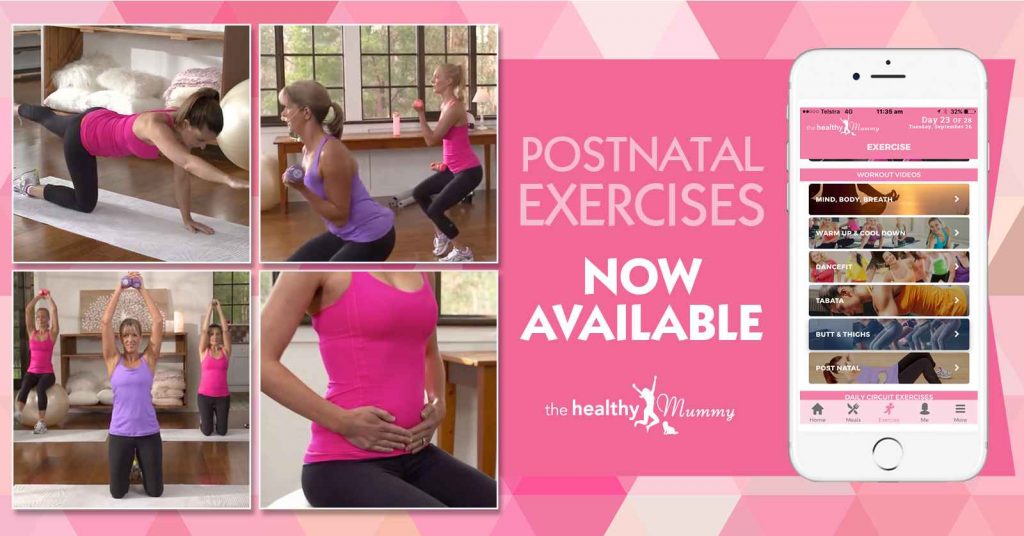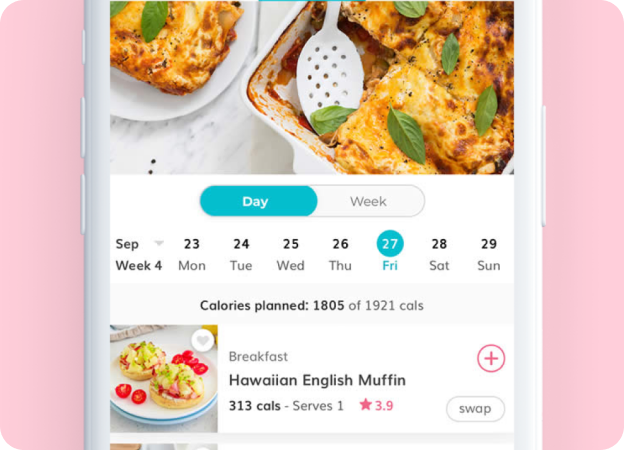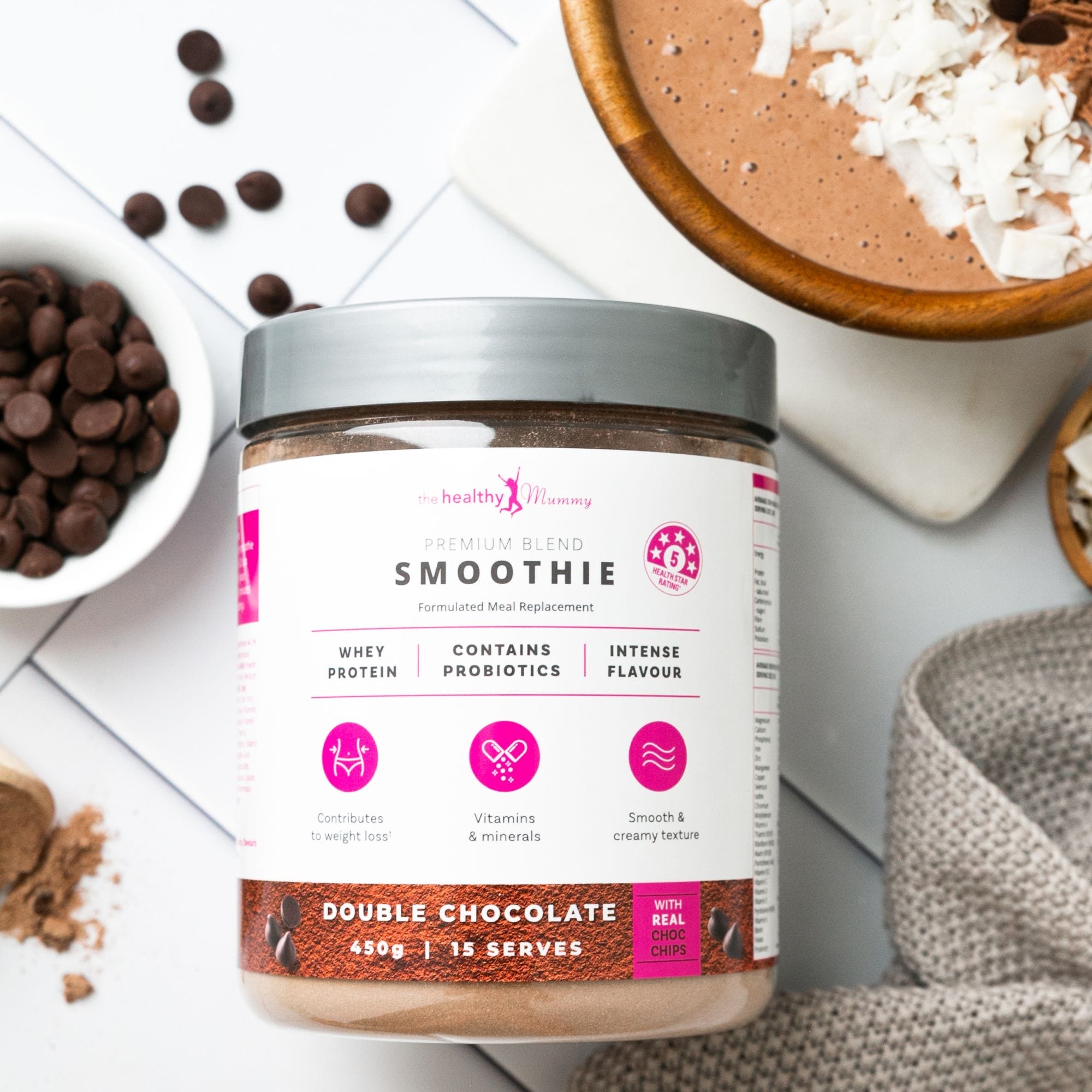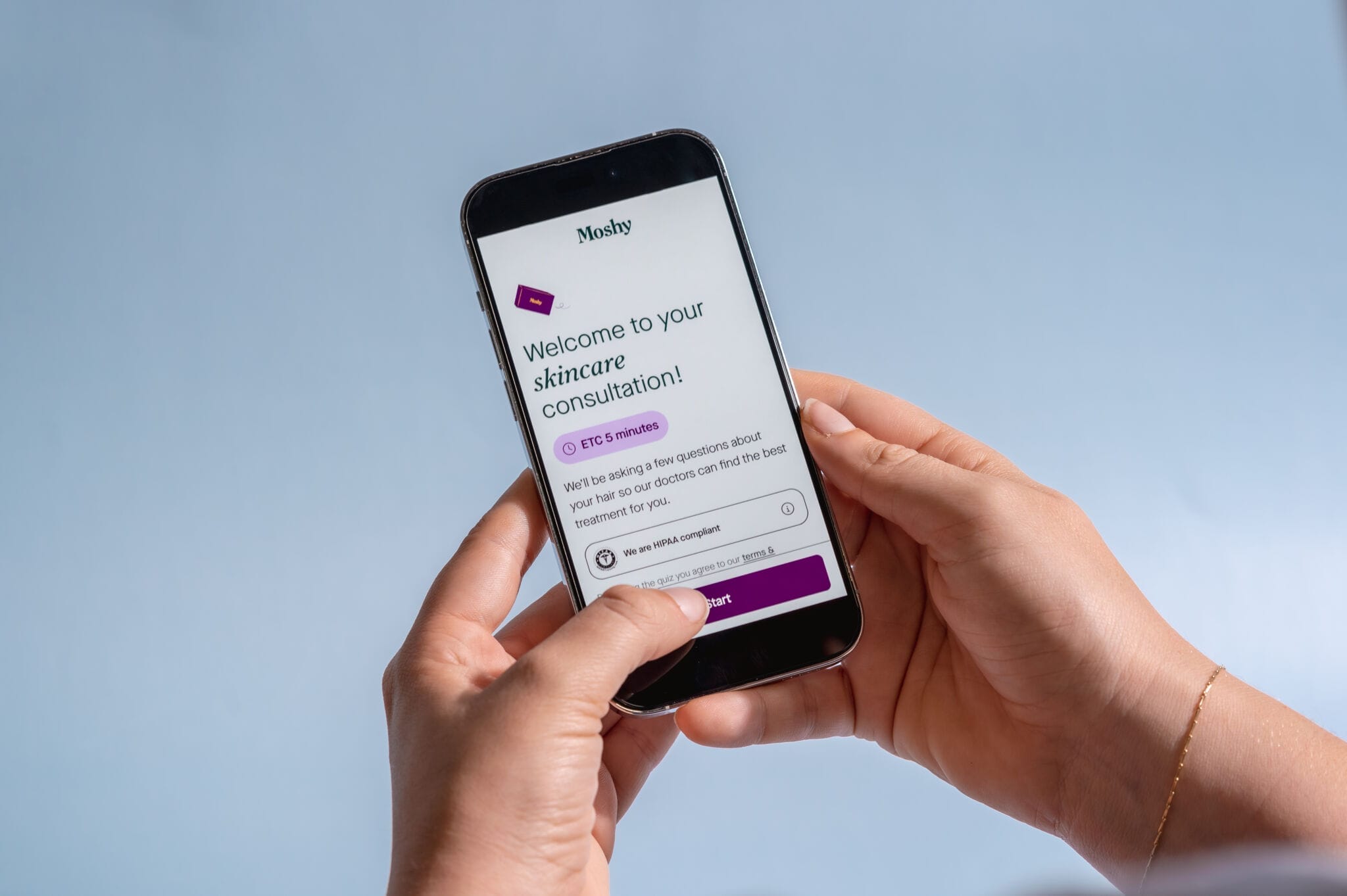Mum-of-two and midwife talks about abdominal separation during pregnancy
Midwife, Lactation consultant (IBCLC), Child and Family Health Nurse, Babywearing consultant and mum of two, Bel Moore, discusses abdominal separation during pregnancy.
As your uterus grows to accommodate the developing foetus, it can put immense internal pressure on your abdominal muscles, causing them to separate down the middle. Pregnancy hormones such as relaxin, allow the connective tissue to relax and soften, creating a gap where the left and right abdominal muscles should meet.
Abdominal separation in pregnancy is also known as Diastasis Recti and is fairly common in pregnancy, affecting one in three pregnant women.
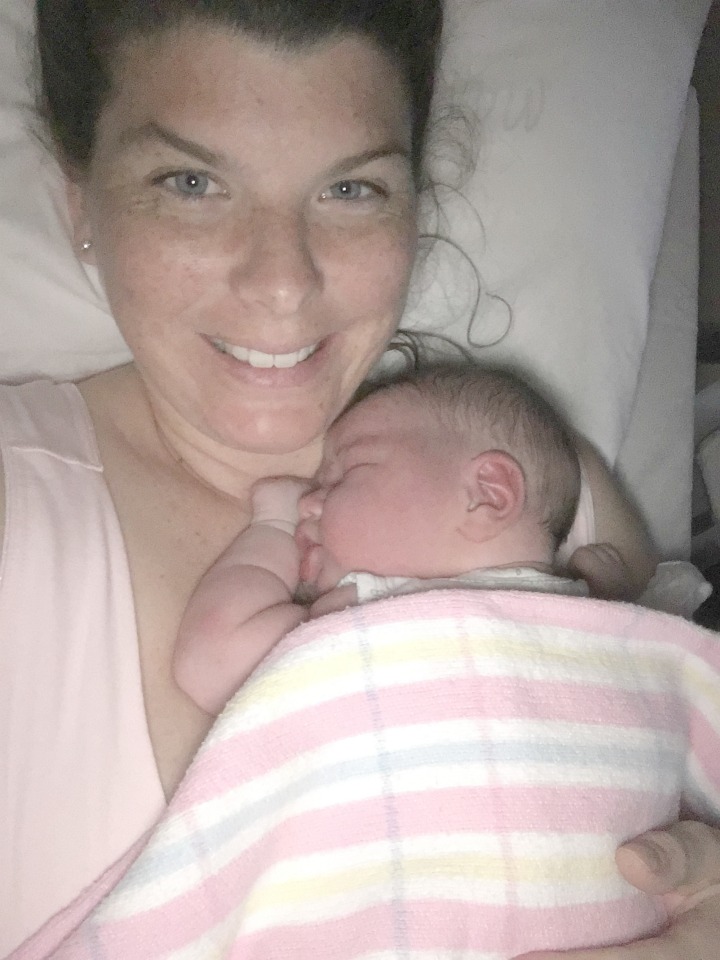
Mum-of-two and midwife talks about abdominal separation during pregnancy
What are the symptoms of abdominal separation in pregnancy?
- A gap or bulge felt in midline of stomach larger than two finger widths.
- Back pain.
- Secondary issues such as hernias.
Some things will put you at higher risk of experiencing abdominal separation such as:
- Previous pregnancy that caused muscle separation.
- Multiple pregnancy.
- Being overweight or obese.
- Being petite.
- Poor abdominal muscle tone.
- Poor posture.
- Becoming pregnant again soon after a previous pregnancy.
What can make it worse?
- Heavy lifting.
- Constipation.
- Forceful abdominal exercises ( eg cruches, sit ups, planks).
How can I prevent it?
- When lying down or getting back up, you should always use the log roll manoeuvre (roll onto your side and push yourself up with your arms or vice versa) rather than using your abdominal muscles.
- Engage your pelvic floor and transverse abdominals when moving.
- Consume plenty of water and fibre to reduce chance of constipation and straining.
- Be mindful of lifting heavy things. If you do have to lift, engage core, use your legs and hold load close to your body.
Assessment
You can ask your health care provider to check for abdominal separation during pregnancy or you can try checking yourself:
To check yourself:
- Lie on your back with your knees bent at a 45 degree angle (Be wary as lying on your back in the second and third trimesters can make you feel lightheaded due to the weight on the baby on your vessels returning blood to your heart).
- Contract your pelvic floor muscles and exhale, lift your head and tuck your chin to your chest to engage your abdominal muscles.
- Starting below the ribs, walk your fingers down the midline to your belly button. If you feel a gap where they have begun to separate (usually feels spongy not tight) measure it with finger widths. Anything over a 2 finger width gap is considered Diastasis Recti.
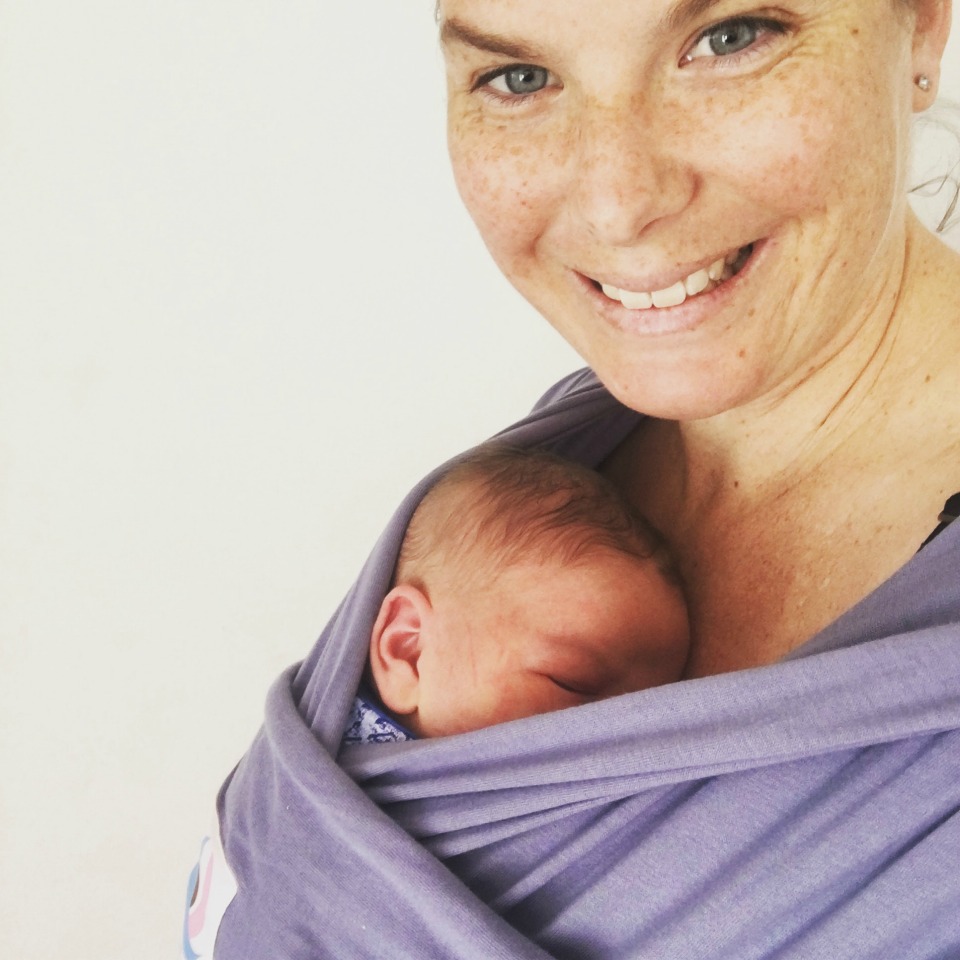
How can you prevent it?
- If you experienced abdominal separation in a previous pregnancy, reduce the chance of developing it again by seeking help to repair it prior to falling pregnant again.
- See a physio, chiropractor or osteopath to assist with posture correction.
- Seek clarification on which exercises are safe and if you are performing them correctly.
- Maintain healthy weight gain, as increased weight gain increases risk of muscle separation.
- Avoid exercises that place more internal pressure on the abdominal walls.
If you do experience any muscle separation during pregnancy , proper recovery after your baby is born is imperative. A women’s health physio is a great starting point for assessment and treatment.
Try our Post Pregnancy Workouts in our 28 Day Weight Loss Challenge
And for the ULTIMATE SAFE, EFFECTIVE AND TRUSTED Post Pregnancy Workout – see our EXPERT DVD workouts now available in our 28 Day Weight Loss Challenge App.
The DVD can be followed by all mums (for example new mums or mums with older children) and can be followed by someone with a basic or a more advanced level of fitness.
Lisa Westlake is our incredible fitness instructor and postnatal exercise specialist throughout the DVD. With her extensive physiotherapy experience and qualifications (Lisa is one of the most awarded fitness professionals in Australia), Lisa is the perfect fitness instructor to bring The Healthy Mummy Post Pregnancy Exercise DVD to life – you will love working out with her.
The exercises are effective and safe and Lisa will guide you through each of the workouts. As well as assisting in the improvement of your overall fitness levels, the workouts in the DVD will also help in the burning of calories, the improvement of your core strength and the strengthening of your pelvic floor.
Join the 28 Day Challenge for full access to the workouts
Join us on the 28 Day Weight Loss Challenge
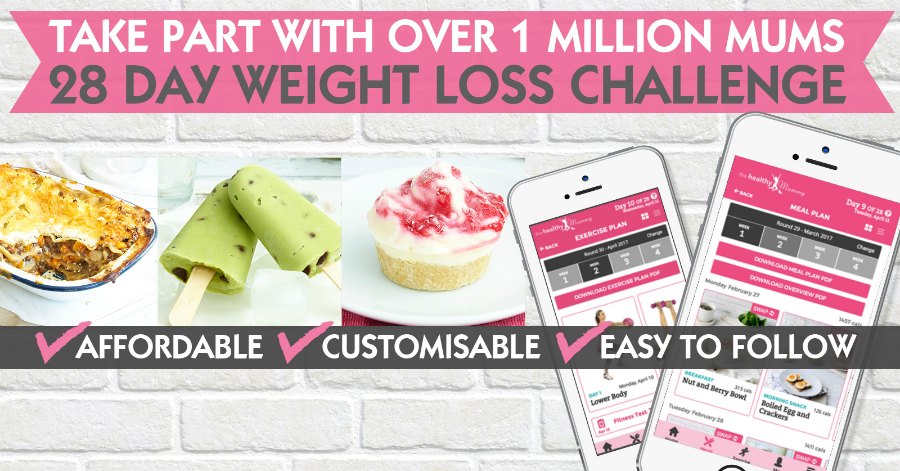
We also have our 28 Day Weight Loss Challenge which has modified exercises for mums with pelvic floor issues or muscle separation.
- 28 days of at home exercise routines (no gym needed) – with video instruction
- Customisable and breastfeeding friendly meal plans
- Time-efficient exercises for busy mums – under 30 mins
- Challenge combines Pilates exercises with interval and circuit training (HIIT)
- Suitable for basic to advanced fitness levels
- Home to thousands of EASY-TO-MAKE recipes!
You can check out the challenge here – 28 Day Weight Loss Challenges.

